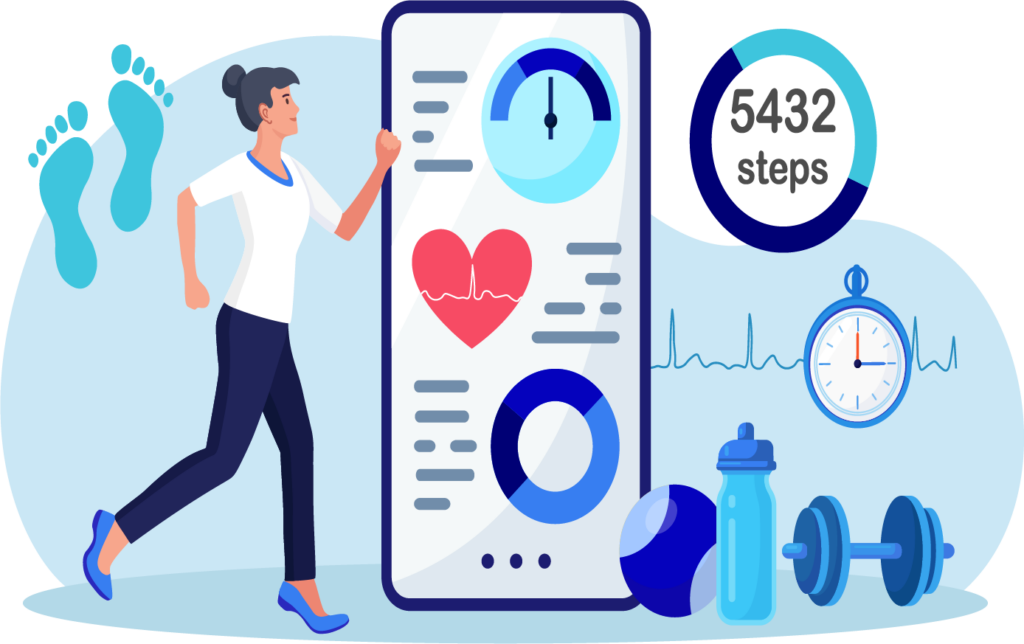The United States faces a fundamental mismatch between surging demand and insufficient capacity.
2026 Physician Fee Schedule, released in July, directs reimbursement toward remote monitoring and value-based care in the home.
Older adults can save tens of thousands of dollars annually by choosing assisted living communities over aging in place in their homes.
Unlike point solutions, Inspiren unifies resident safety, care planning, staffing, and emergency response into a single AI-powered platform.

 Losses to scams continue to grow. One wonders if there is an entire funding source somewhere that pumps money into new and scam incarnations – like the
Losses to scams continue to grow. One wonders if there is an entire funding source somewhere that pumps money into new and scam incarnations – like the  The 2024 media message touts aging in place. It’s what everyone wants to do, even those with homes that are difficult to navigate, long distances from family, and must have major modifications to enable remaining there. Yet you read this message nearly every week --
The 2024 media message touts aging in place. It’s what everyone wants to do, even those with homes that are difficult to navigate, long distances from family, and must have major modifications to enable remaining there. Yet you read this message nearly every week --  Older adults today are beneficiaries of widespread tech access. And it really does fulfill the 2011 prediction in the AARP report,
Older adults today are beneficiaries of widespread tech access. And it really does fulfill the 2011 prediction in the AARP report,  An old report, the core concept of Connected Living was excellent and predictive. Thirteen years ago, AARP sponsored research that posed questions about technology’s future role in connecting older adults with families, resources and each other. With input from 30 industry experts, the research attempted to determine how technology could better serve older adults moving forward. The result was a 2011 report called
An old report, the core concept of Connected Living was excellent and predictive. Thirteen years ago, AARP sponsored research that posed questions about technology’s future role in connecting older adults with families, resources and each other. With input from 30 industry experts, the research attempted to determine how technology could better serve older adults moving forward. The result was a 2011 report called 